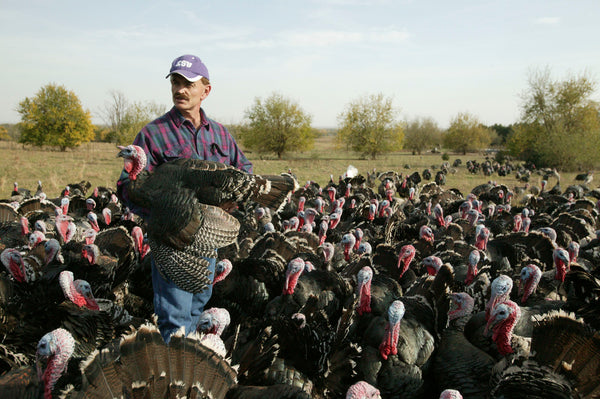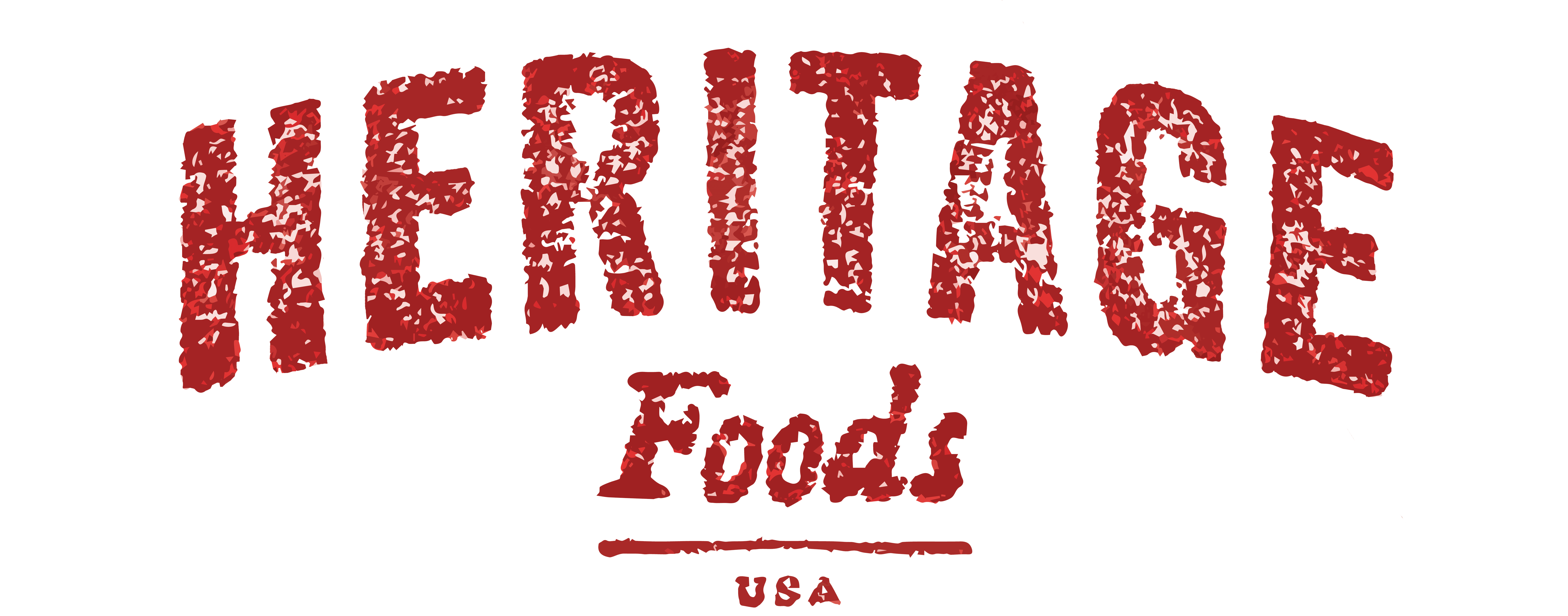
Frank Reese, Savior of Biodiversity
Saviors come in many forms. For turkeys, it’s Frank Reese Jr., a poultry farmer who has had a fondness for turkeys since childhood and lived life with one focus — save heritage breeds with genetic lines that in some cases date back to the mid-1800s.
It’s rare to meet someone with a vision like Frank, who this year will celebrate 50 years of running Good Shepherd Poultry Ranch in Lindsborg, Kansas, where his life’s work has been to preserve pre-industrial genetics in the name of poultry biodiversity in hopes of stemming the tide of industrial raised turkeys that populate our lunches and dinner tables.
While there are other farmers who have rare breeds on their farms, Frank’s boasts so much diversity, raising 10 poultry breeds at his hatchery that can multiply the flocks, and an expertise for breeding and understanding the history of each breed in his flock.
Frank’s biography is one of evolution. Fifty years ago this summer, he changed the name of his farm to Good Shepherd Ranch. The new name signified a change in Frank’s work. Frank had always raised historic lines of poultry on his farm, mainly out of love, but also to supply his neighbors with tasty centerpieces for holiday celebrations. But as Good Shepherd took form, the focus became preserving dying poultry breeds, taking the torch from heritage growers who died off or became too old to run a farm, while factory farms were uninterested in incorporating biodiversity into their financial models. Frank has driven thousands of miles to preserve flocks, sometimes rescuing the last of a particular breed.
For 102 years, the birds he raises have been in Kansas, the descendants of Standard Bronze turkeys shipped by train from the Bird Brothers Hatchery on the East coast. They arrived as a wedding present to the mother of Norm Kardosh, Frank’s mentor who on his deathbed made the pupil promise to not let the birds die off. Who knew that a century later, the breeds Frank raises would be the last of their kind.
The birds Frank raises descended from the wild birds— native turkeys that the early explorers who landed on what would become known as South, Central, and North America found running wild and a source of sustenance for native peoples — and domesticated Black turkey varieties that Cristopher Columbus and other explorers brought back with them to Europe to great fanfare since no European had ever seen a turkey! These turkeys were celebrities, first to the queens and kings, later to the nobility, and eventually to the European population who would populate these large birds on hundreds of farms.
It’s been 180 years that the rare breeds Frank now raises have been in existence. Birds with names like Standard Bronze, Bourbon Red and Narragansett became breeds unto themselves and their characteristics were codified in 1873 by the American Poultry Association book called The American Standard of Perfection. The tome essentially set the standard of what each breed needed to look and be like, so that there would be consistency across the nation.
Frank’s mission is vast, but his daily routine is simple: open the gates to the big barn and let the birds roam free, feed them, provide water, gather eggs, hatch, and stave off predators. Then repeat the ritual while taking the occasional rest at his kitchen table and establish the Good Shepherd Conservancy, to ensure his efforts to preserve gastronomic history never dies.
